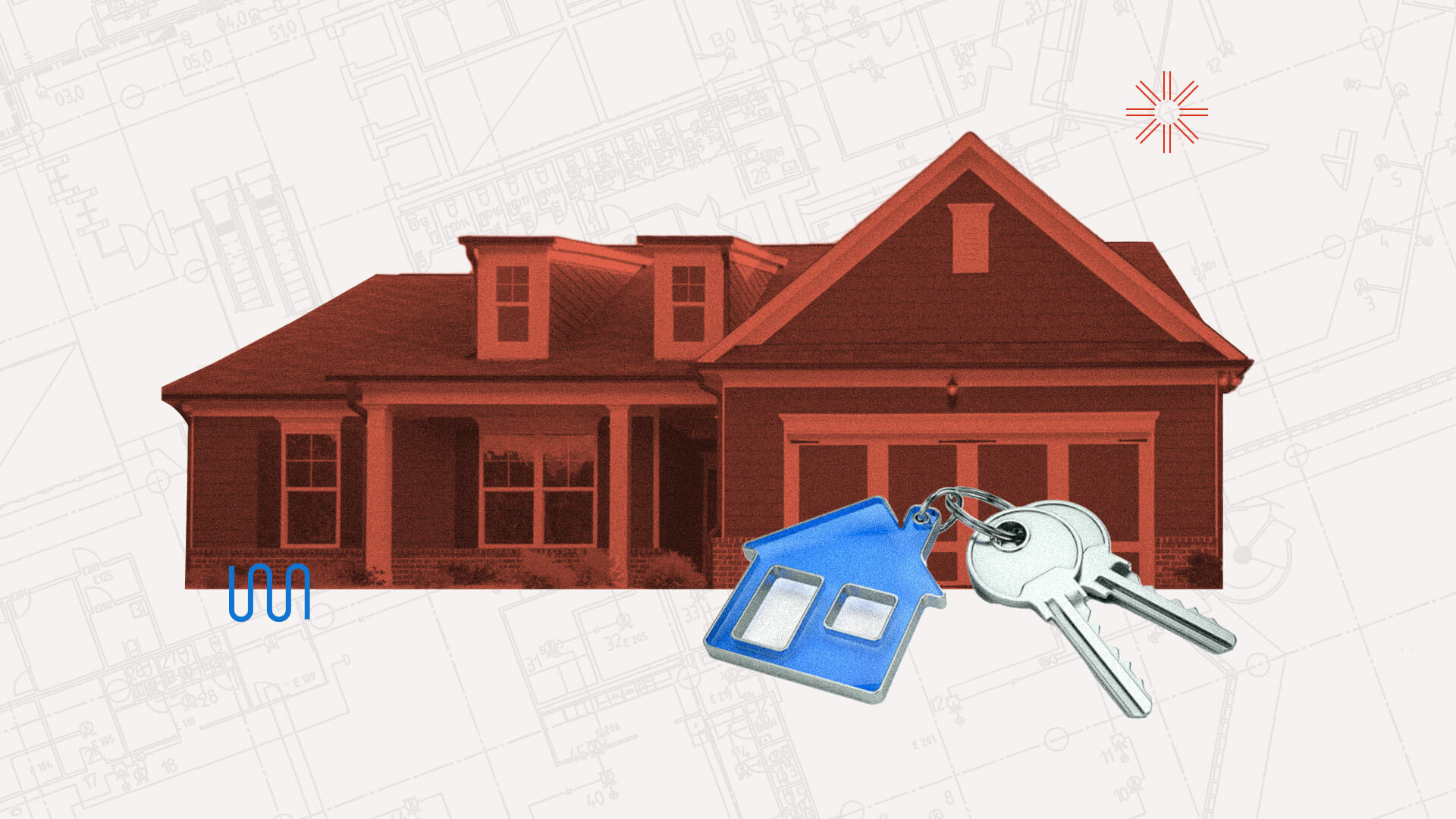
Just about everything is digital these days. Now, you can buy groceries, order food for delivery, book an appointment, refill a prescription, and more — all online and on any device. Technologies like e-signatures, mobile check deposits, and online notarization make once arduous, time-consuming processes simple, easy, and automated.
Some industries, however, are holding on to manual processes. The real estate industry is notoriously behind the digital transformation power curve — a recent survey reveals just 1% of nationwide mortgage lenders consider their back offices to be fully digital. The lending process is known for its lengthy, labor-intensive approval, qualification, and underwriting processes. Many lenders use manual and paper-based loan approval procedures that now seem out of step with a digitized world — especially during the ongoing pandemic. The result is slower decision times for borrowers and an error-prone data management system that creates more work for everyone involved in the lending process.
Today, borrowers want the real estate buying process to mimic the ease of the digital experiences they now enjoy every day. For lenders, this means embracing automation and digitizing more time-consuming processes, including e-verification of income and assets, drive-by and automated appraisals, online notarization, and hybrid or fully digital closings. This accelerated shift is not just a nice-to-have — it’s imperative for revenue growth and business longevity.
Why lenders have historically resisted automation
Any loan decision requires collecting financial and other personal information to sufficiently evaluate and approve a borrower’s creditworthiness. Much of this information is highly sensitive.
Though digital closing processes actually help avoid costly manual input errors and other mistakes, many older home buyers paradoxically don’t trust their personal information to cloud-based or digital processes or platforms. Some lenders also don’t trust the process to digital platforms and technologies. As a result, lenders revert to familiar, manual processes for underwriting and signing, even when other stages of the loan process have already gone digital.
Why that’s changing
Simply put, new generations expect digital solutions — they also have less tolerance for processes that put their sensitive personal information at risk.
Manual, paper-based processes no longer meet the demands of today’s digitally-savvy borrowers. Other solutions like spreadsheets can leave valuable buyer information trapped in rows and columns or at risk of being incorrectly reentered at different stages of the lending process, which slows down the time to close. As more millennials and Gen Z buyers enter the real estate market, lenders need to adapt to the expectations of a new generation of homebuyers, and start using technology solutions that are purpose-built for efficiency and security in lending transactions.
How automation can help lenders earn more revenue
Here are four reasons lenders who digitize their loan processes can make more revenue.
Increased speed and volume: The real estate market is hot. Homes are flying on and off the market in a matter of hours. However, on average, it still takes almost two months to close on a loan. Lenders that digitize and automate processes can squeeze in more loan closing processes in the same amount of time and increase their profit margin. According to a recent National Bureau of Economic Research study, lenders in the FinTech industry process applications about 20% faster than traditional lenders, which proves that utilizing technology enables revenue growth.
Decreased costs: There’s an inherent time and monetary cost to every step of the real estate lending process. Digital processes like e-signing and online notarization reduce costs such as transportation or sending documents via mail, as well as the time it takes to travel to closings or to wait on paper copies to arrive.
Improved security and compliance: Paper-based processes are notoriously error-prone and cumbersome. Digitizing the signature and notarization process saves lenders from needing to keep track of stacks of sensitive documents — and ensures that client information and important contracts aren’t misplaced, lost, or end up in the wrong hands.
An improved consumer experience: Reputation is everything. If you’re known as a lender that emphasizes security and compliance, and can offer a speedy time to close, you can gain a competitive edge and repeat referrals.
There’s a limit to how much revenue lenders can earn using traditional, manual, and paper-based closing processes. After all, a lender can only travel to so many in-person paper-signings in one day. By digitizing every step of the lending process, lenders can finalize more loans, all the while improving the closing experience for their customer.

